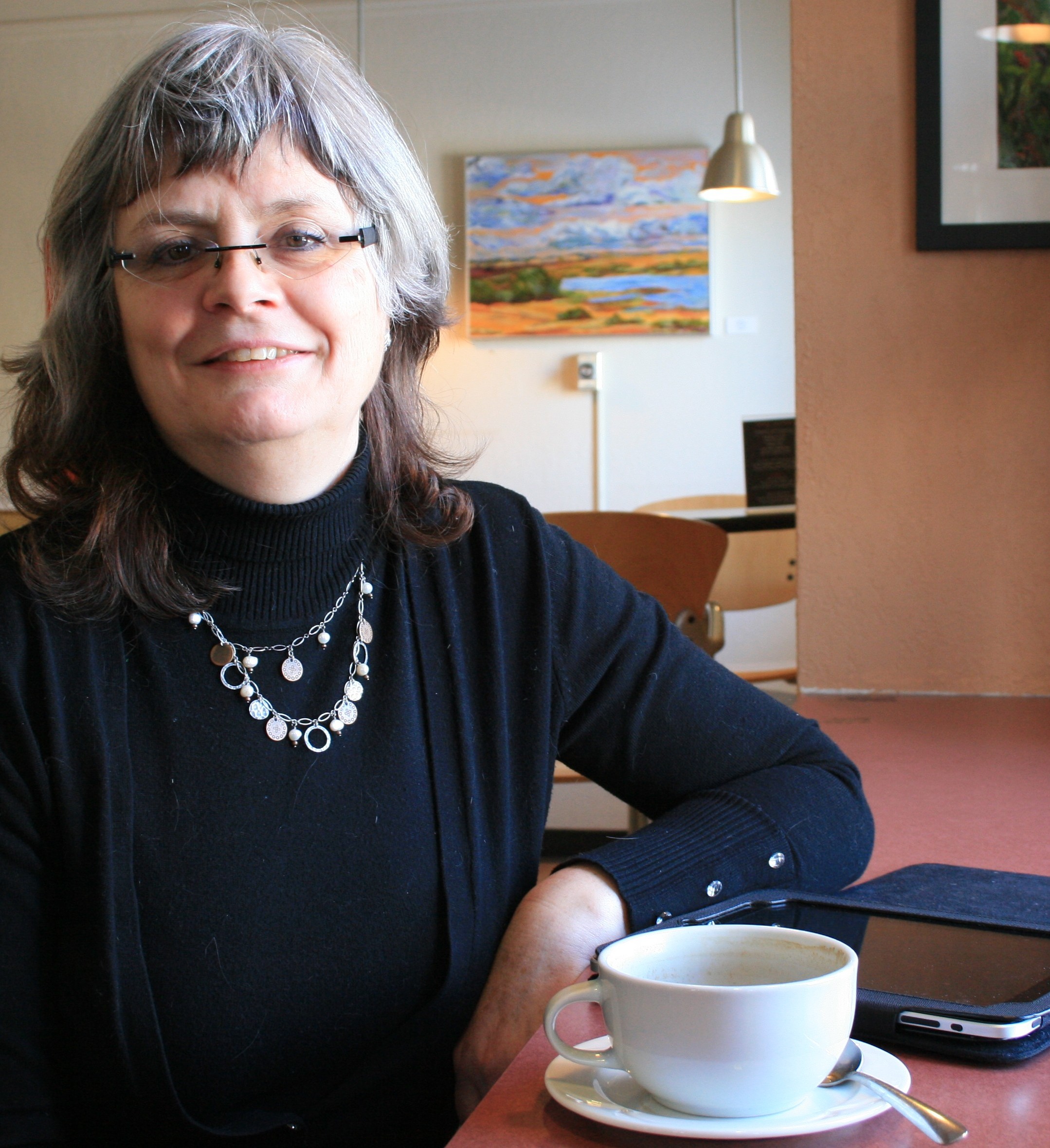College of Arts and Science rethinks first-year program
The process of improving first-year programming in the College of Arts and Science is really one of deciding what a college graduate should have experienced and learned during their time in the college, and working backwards from there.
By Colleen MacPherson According to the report of the college's First Year Review Steering Committee, that student will have, among other assets, strong communication skills, will think critically, will be a world-minded citizen, will understand the socio-cultural position of Aboriginal Peoples in Canada, and will have had a taste of multiple arts and science disciplines. Lesley Biggs, a history professor and chair of the committee, said this kind of learning outcomes model is being used sporadically but needs to be "part of our culture in the college."
According to the report of the college's First Year Review Steering Committee, that student will have, among other assets, strong communication skills, will think critically, will be a world-minded citizen, will understand the socio-cultural position of Aboriginal Peoples in Canada, and will have had a taste of multiple arts and science disciplines. Lesley Biggs, a history professor and chair of the committee, said this kind of learning outcomes model is being used sporadically but needs to be "part of our culture in the college."
The first year review committee was set up two years ago and charged with finding ways to reinvigorate the first-year experience of arts and science students with an eye to improving recruitment and retention. Step one, said Biggs, was an exploration of the growing body of scholarship around teaching and learning, and best practices in first-year education. What the committee found was that the college's distribution model, that is the credit unit requirements for a general liberal arts education, "is considered fairly outdated. It does give students a sense of the breadth of what's available in arts and science but I think we can develop a more systematic and interdisciplinary approach to the model."
Having set out what an arts and science student should experience, a list that has been adopted as college program goals in its third integrated plan, the committee report goes on to recommend three strategies for implementation, the most ambitious being curriculum renewal.
Biggs said that for many, but not all departments, the task ahead is examining their sequencing of courses, course content, methods of assessment and methods of course delivery to ensure "the program goals for all majors fall in line with the college goals." A key consideration will be interdisciplinary programming but "it's not our intent that everyone turn themselves into pretzels to meet the program goals but rather that they ask the question, ‘are there opportunities (for change) we hadn't thought of before?' We want people to do this and to do it carefully. It's a lot of work to re-align courses" so the target date for completing curriculum renewal is the end of the third planning cycle in 2015.
Other implementation strategies listed in the report include expanding Learning Communities to any first-year student interested in participating, and creating a welcoming and supportive environment for Aboriginal students. Work is already underway with the University Learning Centre on a business plan for broadening the availability of Learning Communities, said Biggs, and various transition programs for first-year Aboriginal students have been amalgamated within the college's Aboriginal Student Achievement Program.
Speaking about the committee's report, Peter Stoicheff, dean of the college, said his main objective "was to ensure the recommendations were very evident … in our integrated plan, and they are. We are quite committed to seeing them through," he said, adding various kinds of resources will be needed to affect the change the college wants. Expertise, both internal and external, is one, as is time, particularly for members of a new Curriculum Innovation Steering Committee that will guide the renewal process.
"In terms of strictly financial resources, I don't know what the exact cost implications will be," Stoicheff said, but he does not expect major changes to the college offerings. "We can't just keep adding" so the college will focus on finding "innovative way to make connections for students. How do we make use of the fact we have mathematicians and studio artists in the same college?"
Biggs echoed that thinking when asked what the College of Arts and Science might look like at the end of the curriculum renewal process.
"I would like the college to be a destination point known for its exciting, innovative undergraduate programs," she said. "I would like to see signature or flag ship first-year programs, which could include, for example, courses on climate change taught by faculty from various disciplines. One of the committee members suggested a course called What is Beauty? that could be taught by someone from the fine arts but also a scientist. We need curriculum that energizes students. And I would like to see classes at the 200, 300 and 400 levels that are more interdisciplinary within divisions in the college and across divisions because the world in which we live doesn't exist in disciplinary silos."

